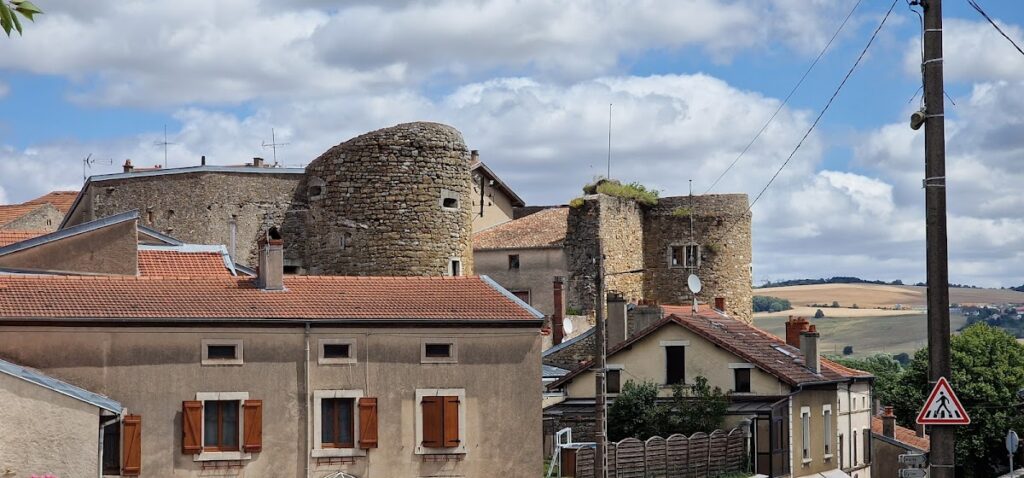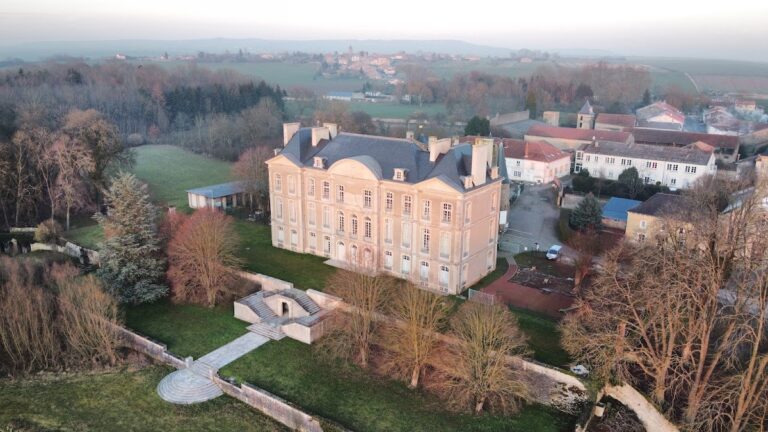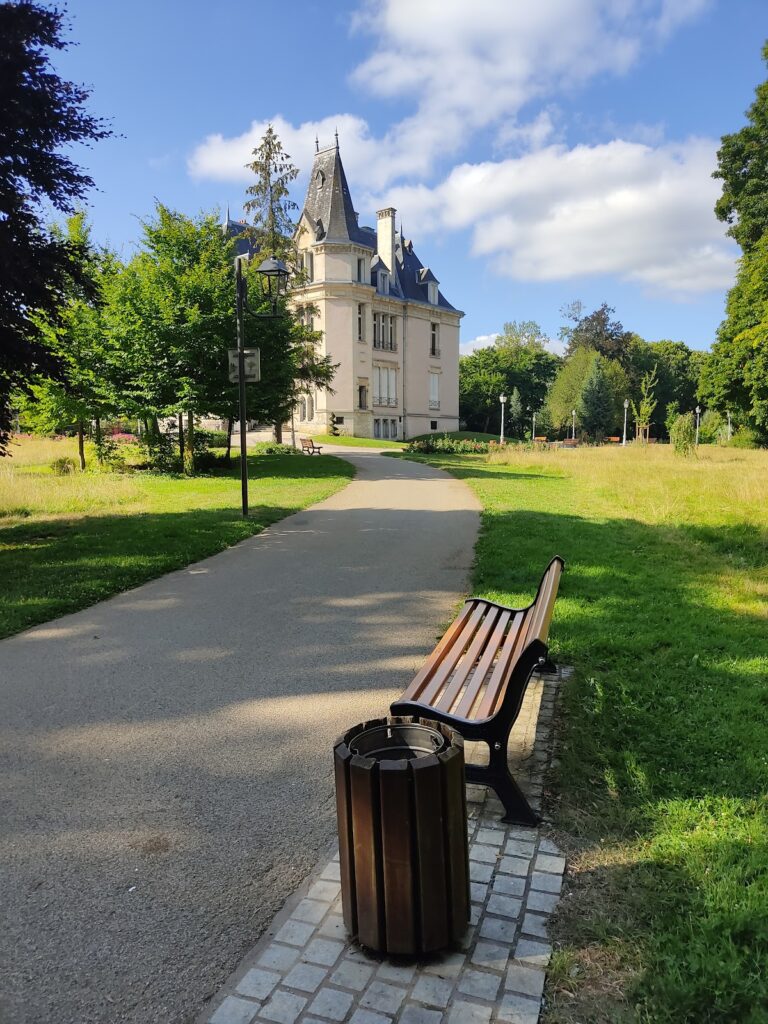Château de Dieulouard: A Historic Fortress in France
Visitor Information
Google Rating: 4.1
Popularity: Very Low
Google Maps: View on Google Maps
Official Website: www.chateau-musee-dieulouard.fr
Country: France
Civilization: Unclassified
Remains: Military
History
The Château de Dieulouard is located in the municipality of Dieulouard, France, and traces its origins to the medieval period with earlier roots in Roman times. The site lies near the ruins of Scarpone, a Gallo-Roman city that once occupied a strategic position along a significant Roman road connecting Lyon (Lugdunum) to Trier (Augusta Treverorum) through Metz (Divodurum). This route facilitated military and commercial movements across the region.
In the late 10th century, around the year 997, the castle began as a fortified residence constructed by Adalbéron II, bishop of Metz. His purpose was to offer protection to inhabitants of a newly established village near the decayed city of Scarpone. Scarpone itself had an ancient fortified camp, or castrum, built in the late 4th century outside the old urban area. This castrum alone survived the destruction wrought by Attila the Hun in the 5th century. Over time, authority over the castle shifted to Heimon, bishop of Verdun, linking the fortress to ecclesiastical power as well as military defense.
A key early documentary mention of the castle appears in 1028 within imperial letters issued by Conrad II of the Holy Roman Empire. These documents authorize the creation of the Gellamont priory nearby and refer explicitly to the castle by name in the local region, confirming its importance in the early medieval landscape.
The 12th century saw the castle embroiled in conflict when it was twice captured and destroyed by forces from Metz following a battle involving local groups including the Toul bourgeois and the count of Vaudémont. Over subsequent centuries, it withstood a series of sieges and attacks from various enemies, including the residents of Metz (Messins), Charles the Bold, and the Huguenots, enduring cycles of destruction and reconstruction.
By the 14th century, Château de Dieulouard had grown into a substantial fortress that integrated into the life of the town, with houses built up against its high defensive walls. The castle served as the center of a Verdun provostship that administered seven villages, reaffirming its role as a seat of episcopal authority within the Duchy of Lorraine. It also controlled important trade along the Moselle River, reflecting both its military and economic significance.
The castle’s military importance diminished after 1660, when it was partially dismantled to prevent future armed use. During the upheaval of the French Revolution, the castle was sold off as national property and divided into multiple lots. Around fifteen families inhabited these subdivided buildings, adapting the structure by adding windows and gardens suited for residential use.
Restoration efforts began in the 1970s, focusing on rehabilitating the former episcopal residence and establishing a museum dedicated to the Gallo-Roman heritage of the site. This museum showcases objects from Scarpone, including inscribed milestones from Roman emperors Hadrian and Postumus, as well as a collection of Renaissance glassware discovered on the premises.
Remains
The remains of Château de Dieulouard reveal a fortress that developed through many phases, largely centered on a 14th-century defensive complex characterized by a large, straight eastern façade stretching about 100 meters. This formidable wall rose approximately 20 meters high and was part of an enclosure shaped semicircularly and polygonally, tracing back in origin to fortifications established near the 10th century. The western side of this enclosure featured seven round towers paired with a single square tower, providing vantage points and defense along the castle’s perimeter.
The walls were topped with crenellations—battlements featuring regular gaps designed for archers or defenders to observe and attack while remaining protected. Access was controlled through a fortified gate equipped with a drawbridge, which spanned a stone bridge composed of four arches. This bridge crossed a defensive ditch or moat, adding an extra barrier against attackers.
Houses were later constructed adjoining these towering ramparts, physically incorporating the fortifications into the fabric of the town itself. The castle complex also included an episcopal residence, known in French as a logis épiscopal, which underwent restoration in the 1970s to preserve its historical character.
Within the castle museum, archaeological finds unearthed from the nearby Gallo-Roman city provide insight into the deeper history of the site. Among these are stone milestones bearing Latin inscriptions from emperors Hadrian and Postumus, marking distances along the ancient Roman road. Additionally, a collection of finely crafted Renaissance glass demonstrates the continuing importance and occupation of the site during later centuries.
Together, these structural features and archaeological artifacts illustrate the castle’s evolution as a fortified stronghold, a center of ecclesiastical administration, and a settlement with roots reaching back to Roman times. The site’s multiple layers of construction and habitation present a tangible record of both military and civilian life across the centuries.







